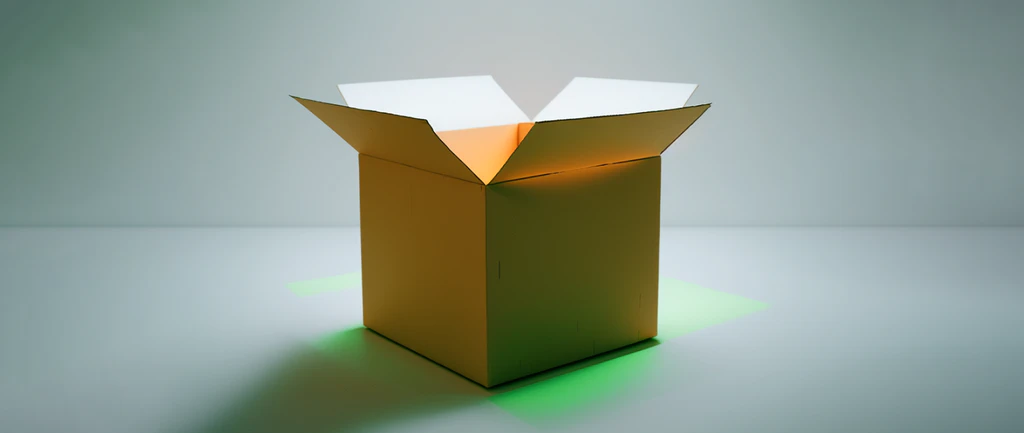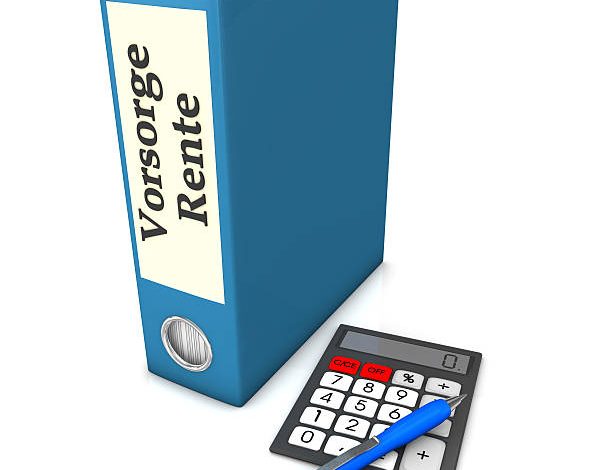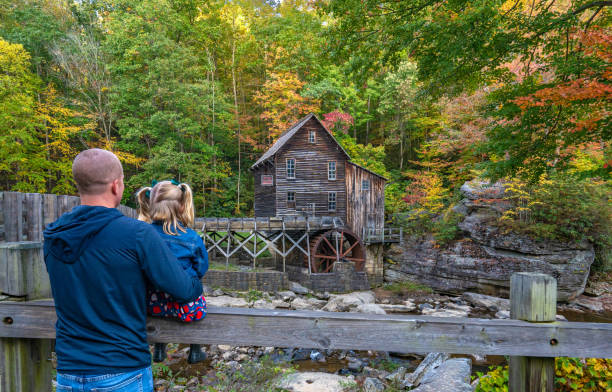
Innovative Cardboard Packaging Designs to Inspire You
In the world of product packaging, cardboard has emerged as a hero. Not only for its sustainability and cost-effectiveness but also for the boundless creativity it allows. Brands are continuously pushing the envelope (or, in this case, the box) to design cardboard packaging that stands out on the shelves and in the minds of consumers. This blog explores some of the most innovative designs of cardboard boxes that are redefining the unboxing experience, proving that sometimes the box can be as exciting as the product inside.
Eco-Friendly Meets Aesthetic
The rise of eco-conscious consumers has led to an increased demand for sustainable packaging solutions. Cardboard, being recyclable and biodegradable, is a natural choice. However, sustainability doesn’t have to mean dull. Brands are utilising soy-based inks, minimalist designs, and organic textures to create packaging that’s not only environmentally friendly but also visually stunning. These designs often feature natural colours and imagery that reflect the product’s eco-friendly ethos, making the packaging a crucial part of the brand story.
Interactive and Engaging Designs
Some of the most memorable packaging designs invite the user to interact with them. From puzzles and games printed directly onto the box to designs that transform into useful items like desk organisers or plant holders, these interactive packages extend the life of the cardboard and provide added value to the consumer. This approach enhances the unboxing experience and reinforces the brand’s commitment to sustainability by encouraging reuse over disposal.
Custom Shapes and Structures
Who said cardboard packaging had to be boxy? Advances in cutting and folding technology have enabled designers to think outside the traditional rectangular box. Custom shapes—be it circular tubes, hexagons, or even intricate figures that mirror the product inside—can make a package feel more bespoke and premium. This level of customisation makes the packaging more appealing and provides better protection for the product, tailored to its specific dimensions and vulnerabilities.
Minimalism for Maximum Impact
In a world cluttered with information and options, simplicity stands out. Minimalist packaging designs use clean lines, simple colour palettes, and ample negative space to make a bold statement. This approach focuses on the essentials, often highlighting the brand’s logo or a single, powerful message that resonates with the consumer. Minimalist cardboard packaging proves that sometimes, less is indeed more, allowing the product and the brand’s values to shine through.
Vintage Inspiration for Modern Appeal
There’s something inherently nostalgic about vintage-inspired packaging. By incorporating elements from the past—whether through typography, imagery, or colour schemes—brands can evoke a sense of familiarity and warmth. Cardboard lends itself well to this style, with its natural texture providing an authentic canvas for vintage designs. This approach works particularly well for artisanal products, where the packaging can reflect the craftsmanship and history behind the item.
Luxurious Finishes on a Budget
Luxury packaging is no longer exclusive to high-end materials like metal or glass. Cardboard boxes with special finishes—such as foil stamping, embossing, or high-gloss UV coatings—can convey a sense of luxury and exclusivity while keeping costs down. These finishes can highlight key elements of the design, adding a tactile dimension to the packaging that engages the senses and elevates the overall brand experience.
Functional Packaging Designs
Functionality can significantly enhance the user experience, and many brands are incorporating practical elements into their cardboard packaging designs. From easy-to-open tabs and resealable closures to packages that double as display stands for the product, these functional designs prioritise convenience for the consumer. This thoughtful approach improves usability and demonstrates the brand’s attention to detail and customer care.
Storytelling Through Packaging
A picture is worth a thousand words, and a well-designed package can tell an entire story. Brands are using their cardboard packaging as a canvas to convey their heritage, mission, or the inspiration behind their products. These packages immerse the consumer in the brand’s world through a combination of visuals, text, and even augmented reality elements, creating a deeper emotional connection and a more memorable unboxing experience.
Incorporating Technology
The fusion of physical and digital worlds offers exciting possibilities for cardboard packaging. With technologies like QR codes and NFC tags, packages can serve as gateways to interactive content, from how-to videos and product information to augmented reality experiences. This integration enriches the product experience and enables brands to engage with consumers innovatively, providing additional value beyond the physical product.
Conclusion
Innovative cardboard packaging designs prove creativity, even with the most humble materials, knows no bounds. These designs not only serve to protect and present the product but also play a crucial role in brand differentiation, customer engagement, and environmental sustainability. As the journey progresses, the potential for cardboard packaging will only continue to expand, driven by technological advancements, consumer expectations, and the ever-present challenge of standing out in a crowded marketplace.



